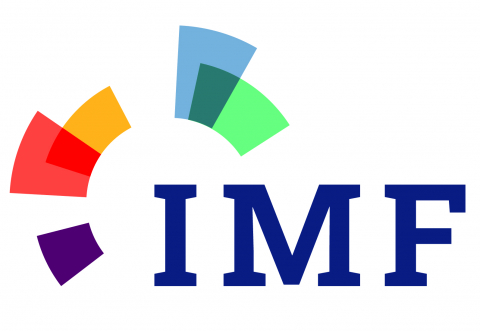EFAMA welcomes ESMA’s Call for Evidence on asset segregation and custody services as a precious occasion to confirm our previous key messages - as per our response to the previous consultation around Guidelines on asset segregation under the AIFMD of December 2014 – and to clarify our position on new aspects of ESMA’s work.
EU Fund regulation
The EU fund product landscape is deep, diverse and dynamic. Since the birth of the UCITS framework in 1985, European institutions have progressively refined it into a global “gold standard”, one that successfully balances strict regulatory requirements with the flexibility required by manager to meet evolving client demands. The successful evolution of UCITS was followed by the creation of alternative investment funds (AIFs) under the 2011 AIFM Directive, adding a second important pillar to EU fund/manager regulation. Building on this second pillar are further ambitious EU fund products, such as EUSEFs, EUVECAs and ELTIFs. EFAMA has helped guide all of these key regulatory developments, informing policymakers and regulators on their main merits and drawbacks, while also keeping a close eye on their respective review initiatives.
EFAMA strongly supports a fundamental review to the ELTIF regime, in view of broadening its eligible investment universe and adapting it to better meet retail investor needs. We are also closely monitoring the review of the AIFM Directive from a product regulation standpoint, including possible spillover effects on the UCITS Directive requirements. Further work involves keeping pace with relevant ESMA initiatives, such as the work around the Common Supervisory Action on costs and fees for UCITS.
EFAMA response to ESMA Call for Evidence on asset segregation
EFAMA response to Green Paper on Retail Financial Services
EFAMA welcomes the opportunity to respond to the European Commission’s Green Paper on retail financial services. Widening the opportunities for European citizens to save and invest will facilitate better outcomes both for savers and the wider European economy.
EFAMA fully shares the goals of a Single Market for retail financial services in the EU, i.e.:
1. Promoting an EU-wide market in retail financial services that can facilitate cross-border business and consumer choice.
EFAMA response to EC consultation on impacts of maximum remuneration ratio under CRD IV
Our corporate members are both subsidiaries of an EEA parent that is a credit institution as per Article 4(1)(1) of the CRR, or stand-alone investment firms as per Article 4(1)(2) of the CRR. Both types of entities risk becoming subject to the Maximum Ratio Rule as asset management companies licensed under either a UCITS or AIFM management company license, or licensed as investment firms under the MiFID regime to provide discretionary portfolio management services on a client-by-client basis.
ESMA’S consultation paper on the review of the methodology included in the guidelines on stress test scenarios under the MMF regulation (MMFR)
In our response to ESMA on its review of the guidelines on stress-testing parameters for Money Market Funds (MMFs), EFAMA cautions against using overly simplistic assumptions.
High-level response to ESMA consultation on notifications for cross-border marketing and management of AIFs and UCITS
EFAMA welcomes the European Securities and Market Authority’s continuous commitment to creating a single market for investment funds, confirmed by the draft regulatory standards currently under consideration. These RTS/ITS would further harmonise information that asset managers should provide to their national competent authorities before marketing or managing an investment fund on a cross-border basis, thus facilitating intra-EU product distribution.
EFAMA reply to EC targeted consultation on the functioning of the Money Market Fund Regulation
The European Fund and Asset Management Association (EFAMA) has published its response to the European Commission’s targeted consultation on the functioning of the EU Money Market Fund Regulation (MMFR).
Fund Fees in Europe: TER Report
A report commissioned by the European Fund and Asset Management Association published on 4 October 2011 aims to give investors greater transparency and understanding of cost breakdown within the Total Expense Ratio ("TER") of European mutual funds.

































